Life is Sweeter with Dulce de Leche
When travelling to a foreign country it is important to experience the culture and visit all the major sites. If you are travelling to Argentina then you have probably already heard about the beautiful landscape; the vast variety of cultural events and tango in Buenos Aires and, the famous asado in the Pampas. However, one of the best ways to experience a country’s culture and tradition is through its food and one of Argentina’s most treasured food products is Dulce de Leche.
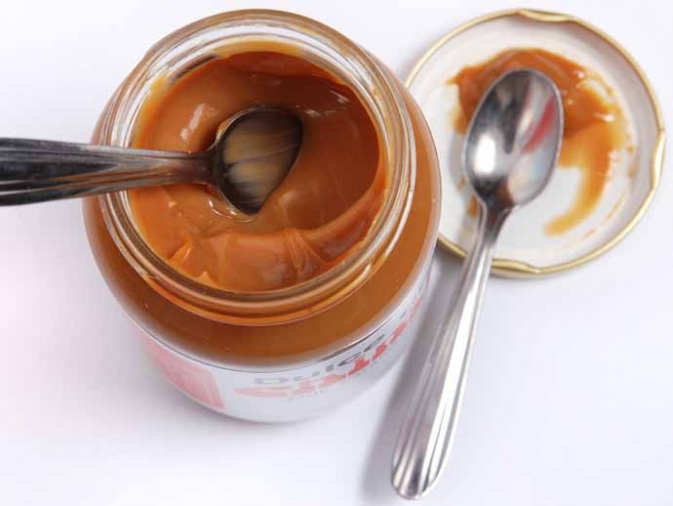
The sweet taste of Dulce de Leche / source
Translating literally as ‘sweet milk’, it has the same consistency as chocolate spread and is made from milk, lots and lots of sugar and vanilla essence. Products with Dulce de Leche can be seen all over Argentina. In the Subte, the subway in Buenos Aires and on the side of buses, large billboards advertise the latest alfajor or dulce de leche spread. Dulce de leche is so precious that in order to put the words ‘Dulce de Leche’ on their product they have to meet the minimum requirements set out in the Argentine Food Code.
Many Latin American countries claim that Dulce de Leche originates from their country. However, there has been a less than sweet argument between Uruguay and Argentina. In 2003, the Secretary of Culture of Argentina claimed that Dulce de Leche was a traditional Argentinean product, starting a debate with fellow producer, Uruguay. Argentina and Uruguay argued that Dulce de Leche has also been a part of their culture and therefore, they should be entitled to owning its name. The matter went to UNESCO, with Uruguay trying to claim that the product is from the Rio de la Plata. The matter remains to be solved.
Even the history of Dulce de Leche is somewhat clouded by myths and legends. The story of the origin of Dulce de Leche in Argentina dates back to the Buenos Aires province of Cañuelas. Two opposing forces were on the brink of ending a war. General Lavalle and General Manuel de Rosas met in order to make a treaty. General Lavalle fell asleep at General Rosas’s camp whilst waiting for General Rosas to arrive. Whilst asleep, there was a lady preparing the lechada (boiled milk and sugar for the tired soldiers), who entered and did not know about the treaty between the two men and saw the enemy, General Lavalle. She ran out of the tent to get soldiers, but General Rosas arrived back and managed to stop her from waking up the sleeping General Lavalle. In the chaos, the lady forgot about the lechada. When she remembered, she found that the lechada had become a dark brown jelly. It is said that a brave and hungry soldier tried the substance, the result of which, Dulce de Leche was born. Dulce de Leche comes in many forms in Argentina such as, a sticky spread; ice cream and in sweets.
The most popular product are alfajores which consist of two round sweet biscuits joined together by Dulce de Leche and normally coated in white or dark chocolate. However, in recent years, the delicious flavours of Dulce de Leche have spread further afield to be included as a Haagen-Dazs flavoured ice-cream; in Starbucks Dulce de Leche flavoured coffee products and Hershey’s Dulce de Leche kisses. Currently, the largest importers of Dulce de Leche are Russia, Israel, the United States and countries in Europe. In most Latin American countries, Dulce de Leche exists but under different names due to slight variants in its ingredients or preparation. To make sure you can try as much Dulce de Leche as possible even when travelling outside of Argentina, here’s a list of what to look out for when looking for Dulce de Leche outside of Argentina:
• Arequipe: Colombia and Venezuela
• Cajeta: Mexico
• Bollo de leche: Nicaragua
• Manjar: Chile and Ecuador
• Manjar blanco: Colombia; Peru; Bolivia; Costa Rica; Ecuador and Panama
• Doce de leite: Brazil
Follow us on twitter @BsAs4U to know about the latest activities in Buenos Aires!


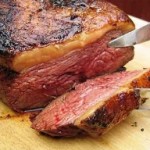
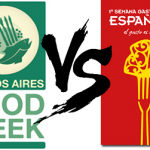
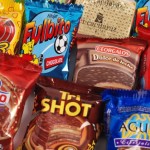
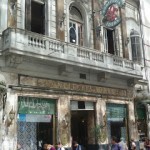






Deja un comentario